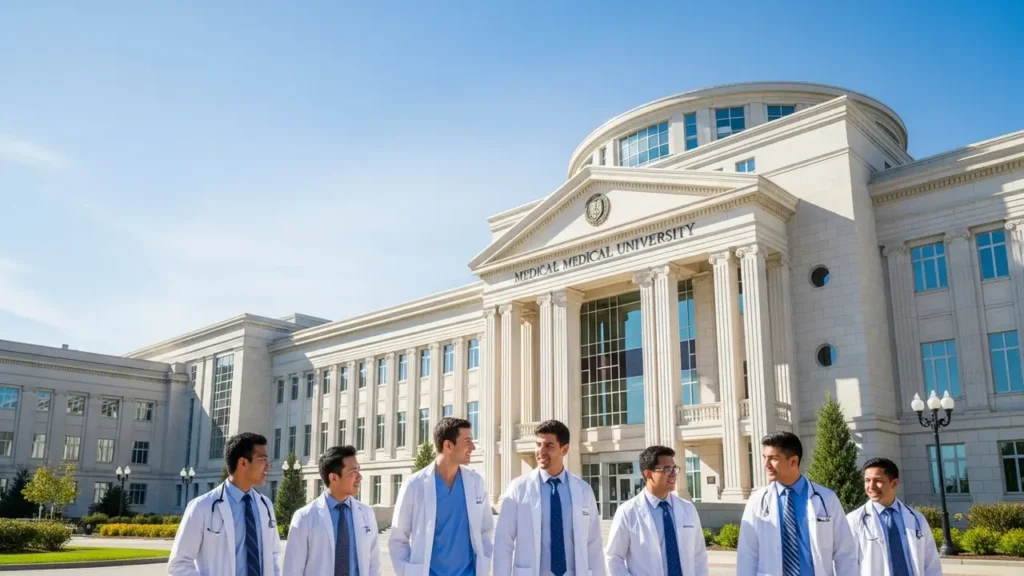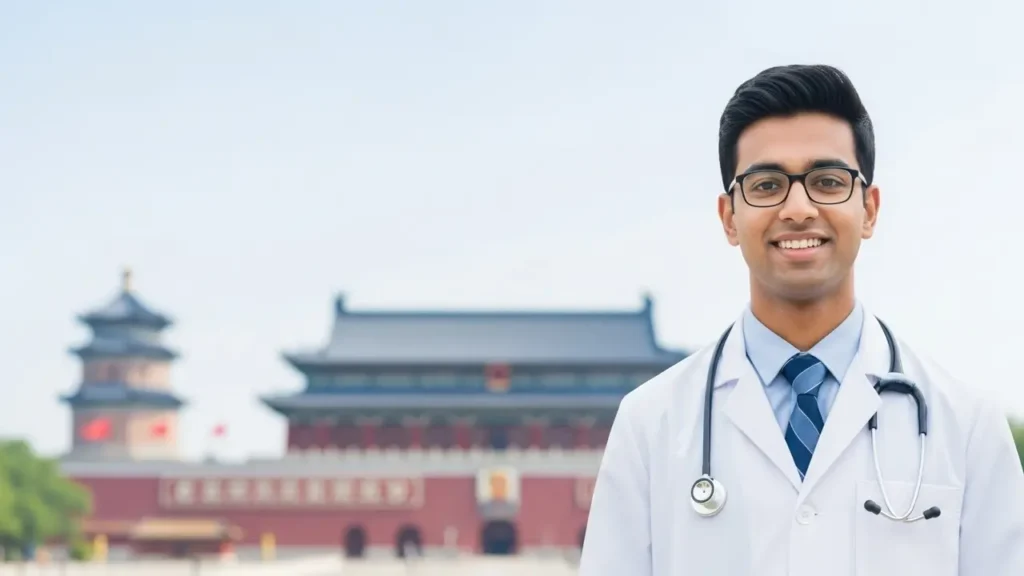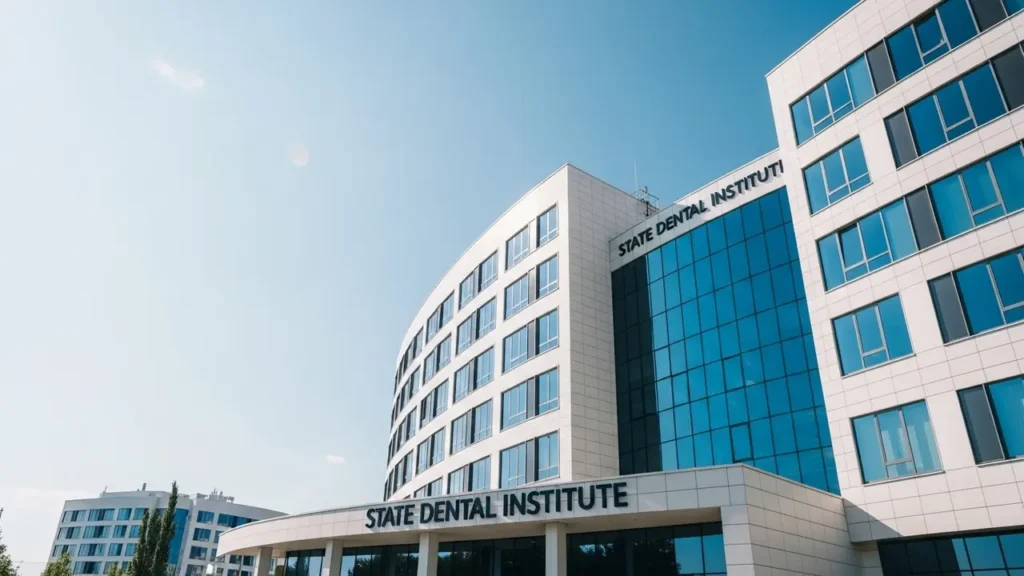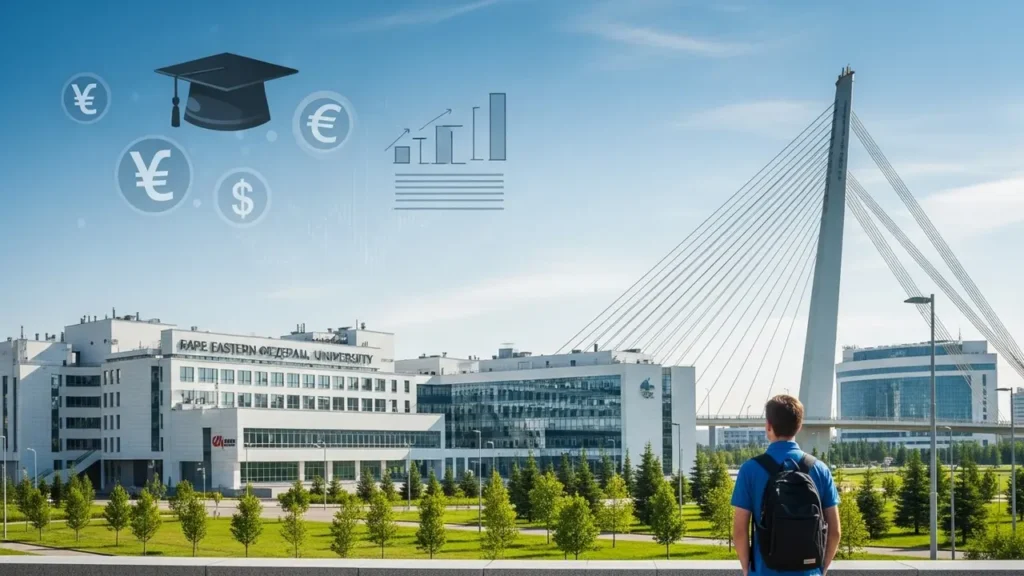St Petersburg State Medical University Russia: Cut Through the Chaos for 2026
Ever pictured yourself in a white coat, stethoscope around your neck? What if I told you that dream doesn’t have to cost your family’s life savings or require perfect test scores? Let’s talk reality: In some countries, only 1 in 10 students snags a government med school seat. The rest face private colleges charging more for four years than a three-bedroom house.
Why Russia’s Hidden Gem Beats the Odds
Remember Raju from 3 Idiots stressing over exams? That’s thousands of students right now. Last month, a friend in Mumbai confessed she almost quit medicine altogether after failing entrance exams twice. Then she discovered Plan B: St Petersburg State Medical University.
Here’s why this works when other options fail:
- Price Tag That Makes Sense: At $5k/year average tuition, you’ll pay less than many US schools charge per month
- No Language Barrier: Full English instruction (they’ll even teach you medical Russian later)
- Globally Valid Degree: Recognized by WHO, NMC, and 15+ medical councils worldwide
Your Wallet Will Thank You
Let’s break down real numbers:
- Tuition: $4,500-$5,500/year
- Dorm Room: $800/year (yes, really)
- Monthly Food: $150 if you cook, $300 eating out
That’s less than what many spend on a used car! Compare this to private Indian colleges charging $25k+ yearly, and you’ll see why 412 Indian students enrolled here last year.
The Three-Step Admission Hack
Forget racing for NEET toppers’ scores. Their requirements are refreshingly simple:
- 50% in PCB (No ICSE vs CBSE drama)
- NEET qualified (non-negotiable for Indian grads)
- Basic health check
When my cousin applied last year, his admission letter arrived in 18 days flat. The visa took longer to process than the university’s paperwork.
Survival Guide: Winter, Classes & Borscht
Let’s get real about Russian winters. Yes, January hits -10°C. But the dorms have better heating than my Mumbai apartment during monsoon season. Pro tip: Master layered clothing and buy a good thermos.
The campus? Think modern labs paired with old-world charm. You’ll dissect cadavers in facilities that rival European hospitals, then unwind at Peter the Great’s summer palace across the street.
The Career Lifeline You’re Overlooking
2024’s graduates had a 93% residency placement rate. Why? Russian clinical training starts in Year 3 – two years earlier than most Asian programs. You’re not just learning textbooks; you’re handling real patient cases by sophomore year.
Final thought: This isn’t a “settle for less” option. It’s a backdoor to practicing medicine without drowning in debt. The catch? 2026 applications close sooner than you think. Last year’s international quota filled by March.
Quick Reality Check
“But is this degree valid back home?”
Yes. Pass the NMC screening test (required for all foreign grads), and you’re cleared to practice in India. Over 1,200 Indian alumni did exactly that since 2010.
“Will I starve eating Russian food?”
The dorm’s shared kitchens let you cook dal-roti. Plus, St Pete’s has four Indian grocery stores and counting. Pro tip: Learn to make pelmeni dumplings – they’re basically veg momos with a Slavic twist.






